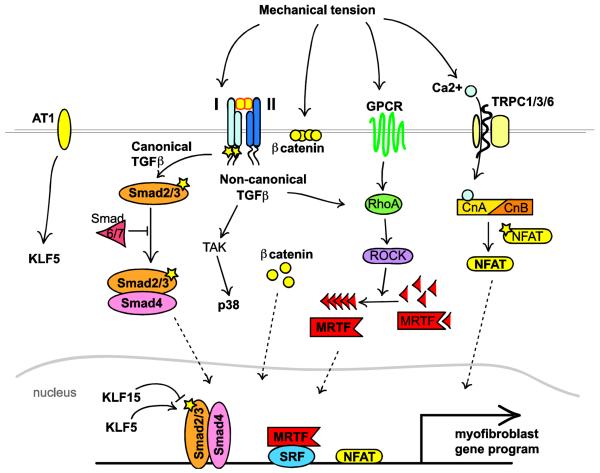Figure 2. Major signaling pathways that promote fibroblast activation.
Multiple pathways converge on the myofibroblast phenotype. Mechanical stress or ligand mediated receptor activation can induce TGFβ signaling, GPCR activation, or calcium influx. TGFβ signaling plays a central role where the canonical arm results in nuclear localization of SMAD2/3/4. Inhibitory SMADs 6/7 or KLF15 can block SMAD2/3/4-dependent transcription whereas angiotensin/KLF5 signaling can enhance canonical TGFβ signaling. Non-canonical TGFβ signaling not only promotes MAPK/p38/JNK/ERK-dependent transcription, but can feed into the Rho/ROCK signaling pathway to promote MRTF nuclear localization. Rho/ROCK can also be activated by G-protein coupled receptors (GPCRs). Finally, mechanical tension can also disrupt β-catenin localization in the adherens junctions to prime the cell for further stimulation or cause calcium influx which activates calcineurin/NFAT signaling.

